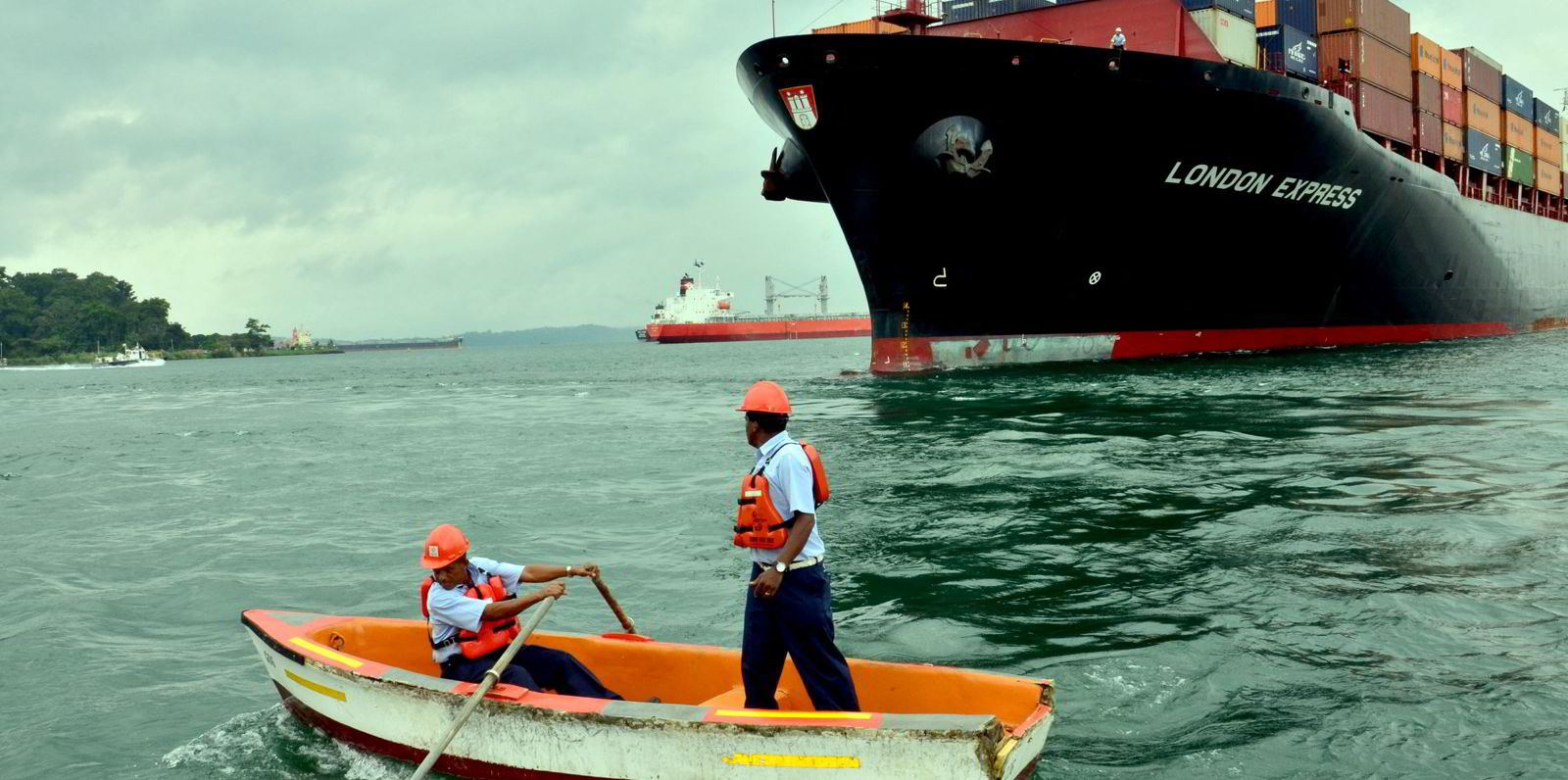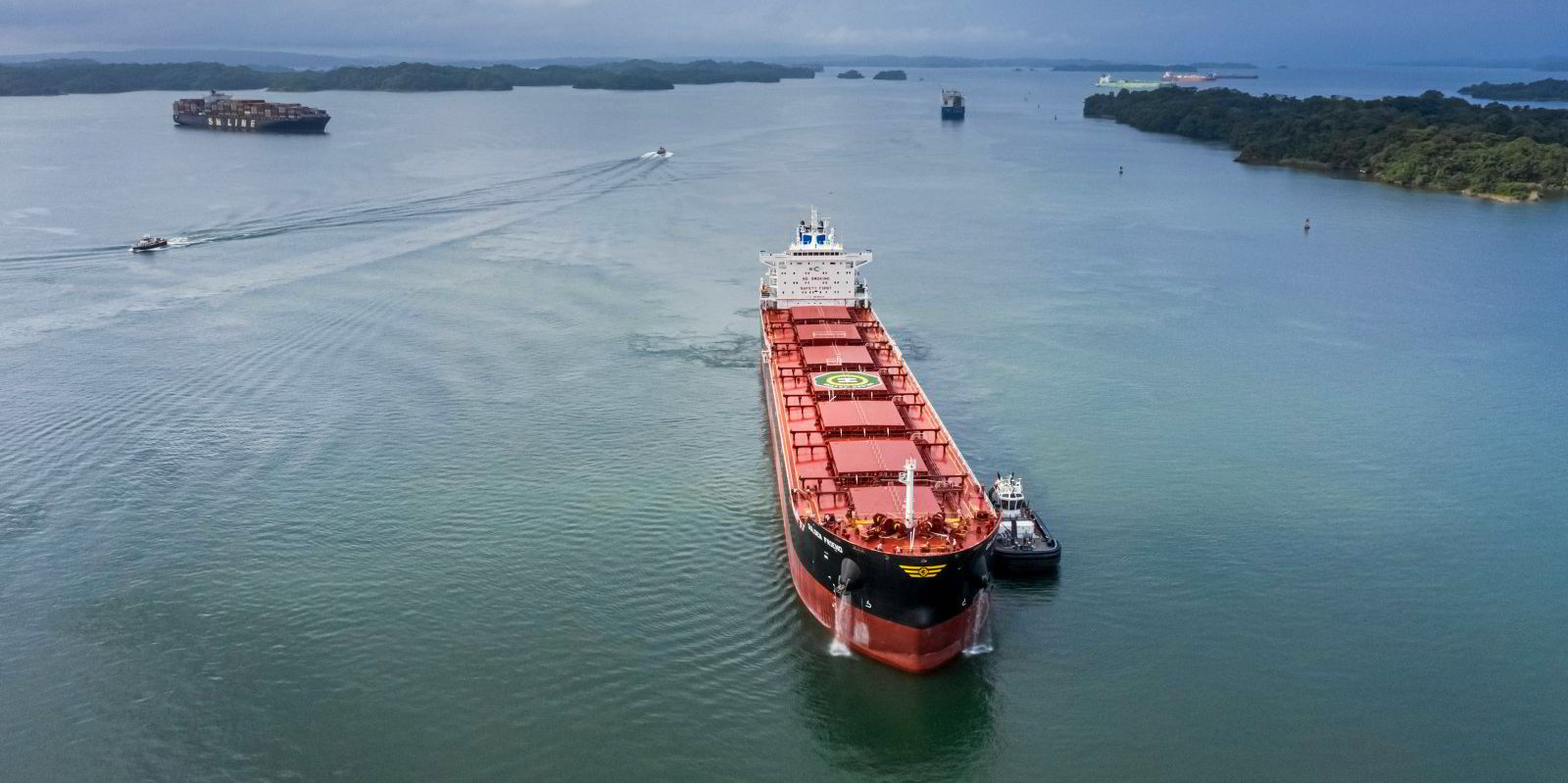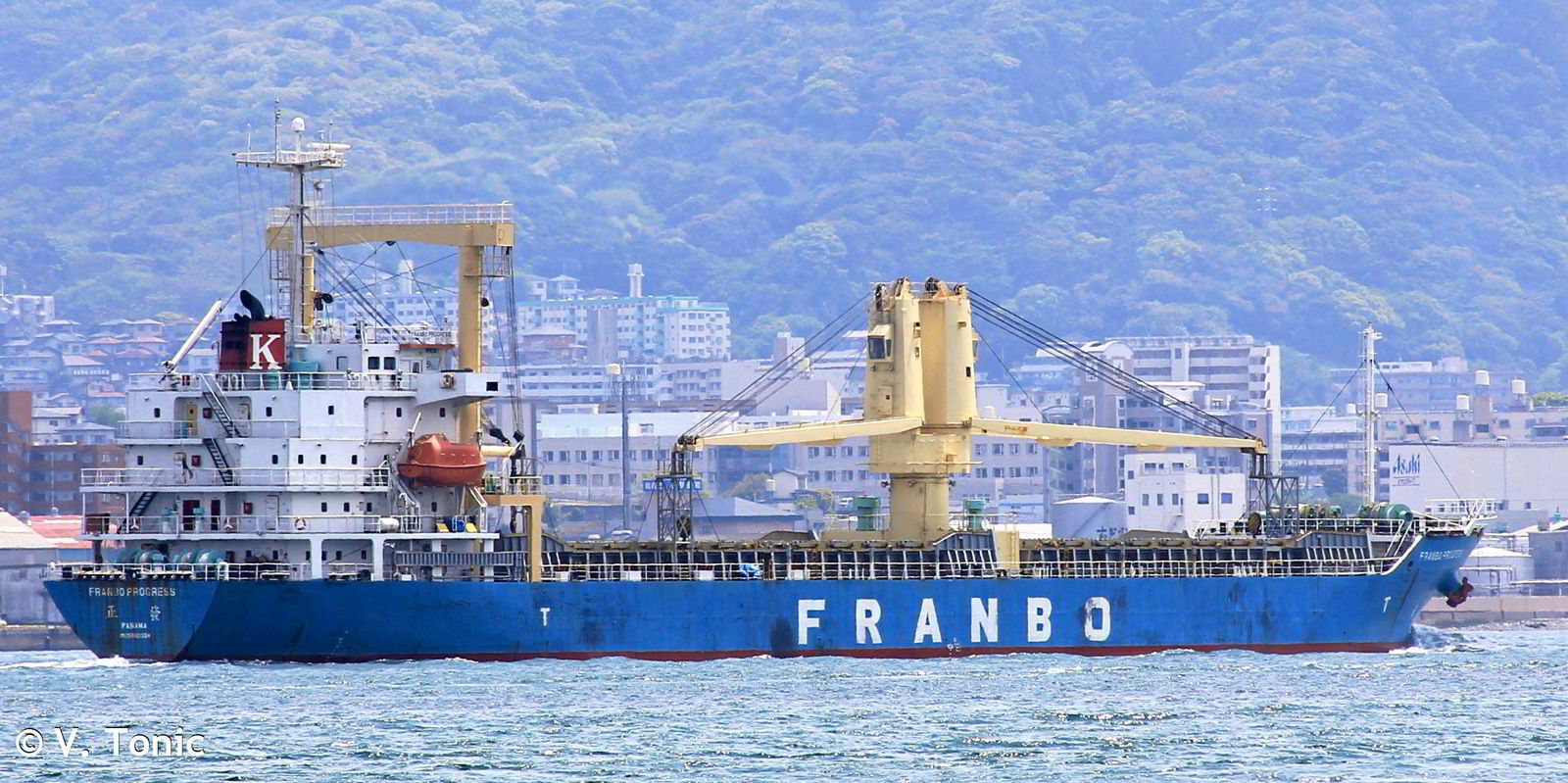Arguably the biggest worry facing the maritime industry currently is a shortage of shipping capacity, especially in the container trades where rates after with a recent dip are well over 200% higher than a year ago.
It is a nice place to be in many ways and a big squeeze like this brings innovative thinking, which is why operators of all stripes are not only madly placing orders for new vessels but looking at whether they can convert existing tonnage to carry containers.
There is a history of shipowners looking outside the box, excuse the pun. A little over a decade ago, a significant number of VLCCs were converted from carrying crude to ore. This was mainly done by tanker owners faced with the phase out of their single-hulled vessels but also to take advantage of a booming dry bulk market.
Forty years earlier, operators desperate to tackle empty ballast voyages after carrying crude from the Middle East to, say, Brazil started building ore/oil carriers, which were basically crude tankers with large wing tanks but small central compartments capable of holding dry bulk.
Then there were the ore-bulk-oil (OBO) carriers developed by Norwegian owner Erling Dekke Naess in the 1960s, which could switch from wet to dry cargoes depending on trades and the state of different markets.
The odd OBO is still plying the oceans for the likes of Kristian Gerhard Jebsen’s SKS but the catastrophic sinking of the 180,000-dwt Derbyshire in 1980 — the largest British ship lost at sea — raised questions about safety and brought regulatory change.
When we started this container project, we said it was a matter of pursuing all options
Ulrik Uhrenfeldt Andersen, chief executive at Golden Ocean
The relatively high maintenance and expense of cargo switching also put other people off hybrid solutions.
Today, leading general cargo and dry bulk operators are looking at whether they can use their tonnage for liner shipping but one of them Golden Ocean admitted it may be more complex than first thought.
“In recent months, we have been working on the possibility of carrying containers. It has not been entirely straightforward, as modifications and approvals were necessary,” said Ulrik Uhrenfeldt Andersen, chief executive at Golden Ocean.
Commercial sense
“But as of today, we have a number of vessels that, theoretically, can carry containers above and below deck. However, that [it] is possible does not mean it also makes commercial sense. We are yet to find one of our container-fitted vessels in a position where it made sense to transport containers. Time will tell if it ever happens.

“When we started this container project, we said it was a matter of pursuing all options but never likely to become a substantial trade for the larger bulk carriers. This remains the case,” Genco Shipping & Trading told TradeWinds in September.
It added that it was “a few weeks away” from obtaining class approval on its entire fleet of capesizes, ultramaxes and supramaxes to carry boxes on deck and in cargo holds.
But two months on, the company is tight-lipped about where it has got to in this process.
“We are not in a position to comment publicly right now. Hopefully over the next couple of weeks,” said Genco chief executive John C Wobensmith.
Swire Bulk is already reported to be carrying some containers, while Taiwan’s Frambo Line told local media it could take boxes on board five of its 18 bulkers without any kind of modification.
The UK P&I Club said it had received “numerous inquiries” from its members wanting to know about the insurance implications of carrying containers on their bulk tonnage.
The marine mutual liability insurer has issued a raft of advice on how to stow cargo and how to ensure the structural integrity of a ship changing from one kind of cargo to another. Class society Bureau Veritas has also been issuing advice to bulk shipowners wanting to tap into the container rate boom.
There has even been talk of heavylift vessels being used for the movement of containers: the day rate for these kinds of ships has skyrocketed in recent times. This has been intensified by competition between the oil and renewables sectors for vessels that can install equipment for oil platforms or wind turbines offshore.
It is fair to wonder what will happen if a rapid move to decarbonisation is finally regulated by the International Maritime Organization — much greater ship shortages? In the meantime, it’s innovation time.





